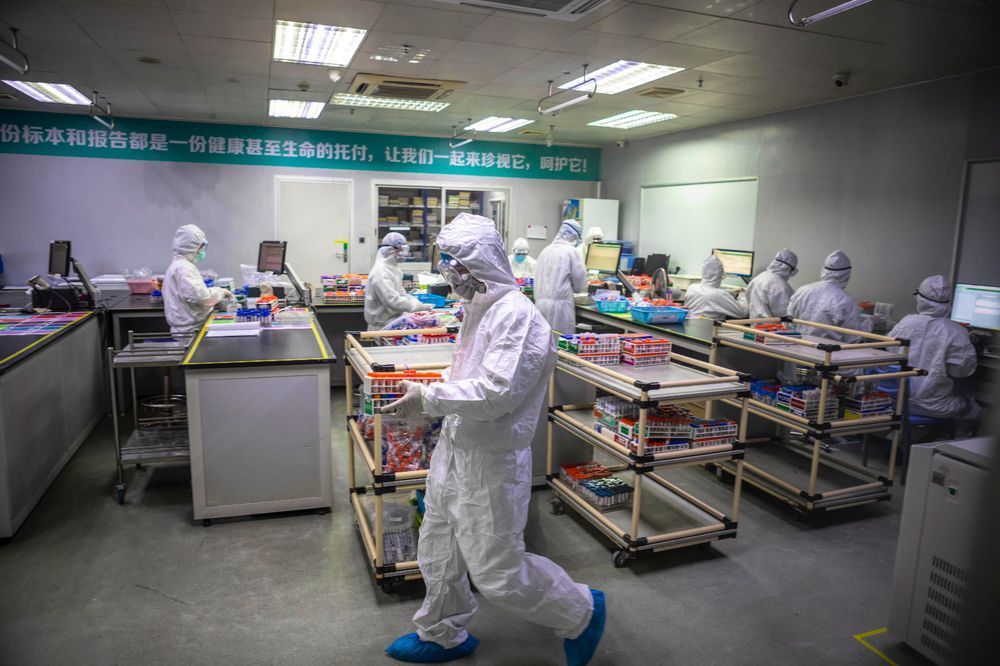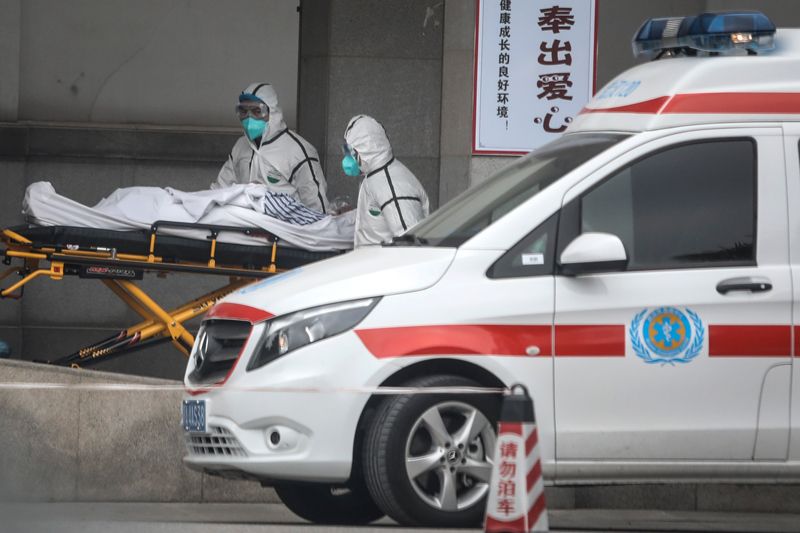RIO DE JANEIRO, BRAZIL – A team of Chinese scientists has published the most detailed description of the coronavirus’s gateway to human cells. To understand their work, one must travel from the visible dimensions in which humans live to the minute scales that viruses and bacteria inhabit.
The study, published on Wednesday, March 4th, in Science magazine, plunges into 2.9 angstroms (a unit equivalent to one tenth of a billionth of a meter) to study the ACE2, a human protein that is critical for the new coronavirus to cause an infection.

Up until now it was known that the new coronavirus uses a needle-shaped protein that attaches to the ACE2 like a key in the lock. This connection literally opens the door to the human cell so that the virus can insert its genetic material into it.
The human cellular machinery confuses this material -viral RNA- with its own RNA, and starts following the instructions it contains to manufacture viral proteins. In a matter of hours, there are millions of copies of viral RNA, from which copies of the virus are made, which break the cell and begin to infect others.
To date, the structure of this human protein has not been fully described. Moreover, this is a surprise. Viruses have been evolving with us for thousands of years and they typically choose pathways to enter the cell that are difficult to close or remove, because without them a person would die.
ACE2 protein plays a key role in the production of angiotensin, a molecule that controls blood pressure. This protein is present in the lungs, heart, kidneys and intestines, and its shortage causes cardiovascular diseases. This way, the virus ensures that its door is always there.
The Chinese scientists signing the study, from the Westlake Institute for Advanced Studies in Hangzhou and Tsinghua University in Beijing, were the first to describe the precise form of this human protein. The results reach a level of detail in some areas that is equivalent to 0.00000000035 meters.
The work is joined by another published last February by a North American team that provided a comparable picture of the S protein, the viral key that fits into the ACE2. Together, the two studies provide the most detailed molecular description of the first step of an infection and show how to develop antibodies that can join the virus’ S protein or the ACE2 protein in human cells, thus blocking the infection.

“Our work not only sheds light on our understanding of the infectious process,” write the authors. “It also enables us to develop new techniques for detecting the virus and potential antiviral therapeutic compounds.”
The work describes several mutations in the sequencing of the virus’ protein formation units, which increase the ability and strength by which the virus binds to human cells and others that decrease them. In other words, a basic insight into the nature of the new virus and how it compares with other similar viruses, such as SARS.
The ACE2 protein also aids in the production of another molecule vital to intestinal cells, and researchers suggest that this molecule could act as a cap to prevent the new SARS-CoV-2 virus from anchoring itself to cells and starting an infection.
“Works of this nature have great potential for devising ways to prevent the virus from penetrating the cells,” explains Isabel Sola, a coronavirus specialist at the National Center of Biotechnology (CNB-CSIC) in Spain. “In that case, we wouldn’t be talking about vaccines, but about antiviral therapeutic antibodies. These molecules are not used so much to immunize healthy people (there are vaccines for that), but to cure those who have already been infected. These are compounds that have already been developed for another coronavirus, the MERS,” she said.
In any event, it is a slow process, which may take months or years to be applied in humans. Sola explains that the next step would be to observe live viruses or reduced replicas acting directly on human cells to study their operational properties.

